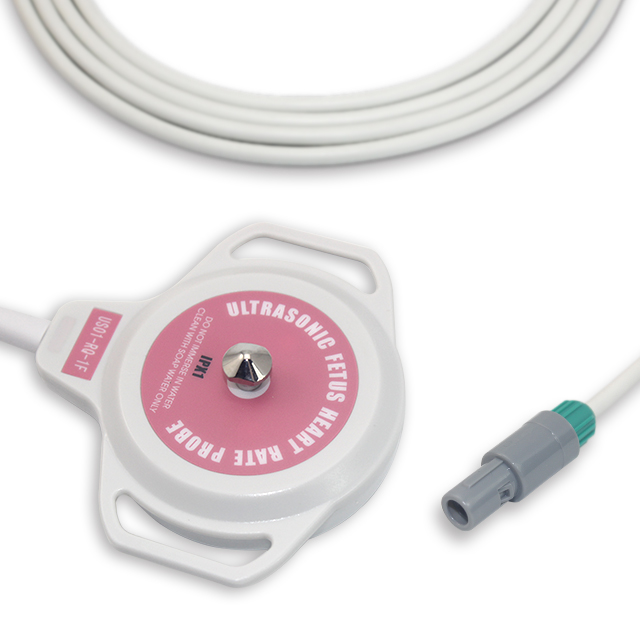SPO2 can be broken down into the following components: “S” means saturation, “P” means pulse, and “O2” means oxygen. This acronym measures the amount of oxygen attached to hemoglobin cells in the blood circulation system. In short, this value refers to the amount of oxygen carried by red blood cells. This measurement indicates the efficiency of the patient’s breathing and the efficiency of blood flow throughout the body. The oxygen saturation is used as a percentage to indicate the result of this measurement. The average reading for a normal healthy adult is 96%.

The blood oxygen saturation is measured using a pulse oximeter, which includes a computerized monitor and finger cuffs. Finger cots can be clamped on the patient’s fingers, toes, nostrils or earlobes. The monitor then displays a reading indicating the amount of oxygen in the patient’s blood. This is done using visually interpretable waves and audible signals, which correspond to the patient’s pulse. As the oxygen concentration in the blood drops, the signal strength decreases. The monitor also displays the heart rate and has an alarm, when the pulse is too fast/slow and the saturation is too high/low, an alarm signal is issued.
The blood oxygen saturation device measures oxygenated blood and hypoxic blood. Two different frequencies are used to measure these two different kinds of blood: red and infrared frequencies. This method is called spectrophotometry. The red frequency is used to measure desaturated hemoglobin, and the infrared frequency is used to measure oxygenated blood. If it shows the largest absorption in the infrared band, this indicates high saturation. Conversely, if the maximum absorption is shown in the red band, this indicates low saturation.
The light is transmitted through the finger, and the transmitted rays are monitored by the receiver. Some of this light is absorbed by tissues and blood, and when the arteries are filled with blood, the absorption increases. Similarly, when the arteries are empty, the level of absorption drops. Because in this application, the only variable is pulsating flow, the static part (ie skin and tissue) can be subtracted from the calculation. Therefore, using the two wavelengths of light collected in the measurement, the pulse oximeter calculates the saturation of oxygenated hemoglobin.
97% saturation=97% oxygen partial pressure (normal)
90% saturation = 60% oxygen partial pressure (dangerous)
80% saturation = 45% blood oxygen partial pressure (severe hypoxia)
Post time: Nov-21-2020

